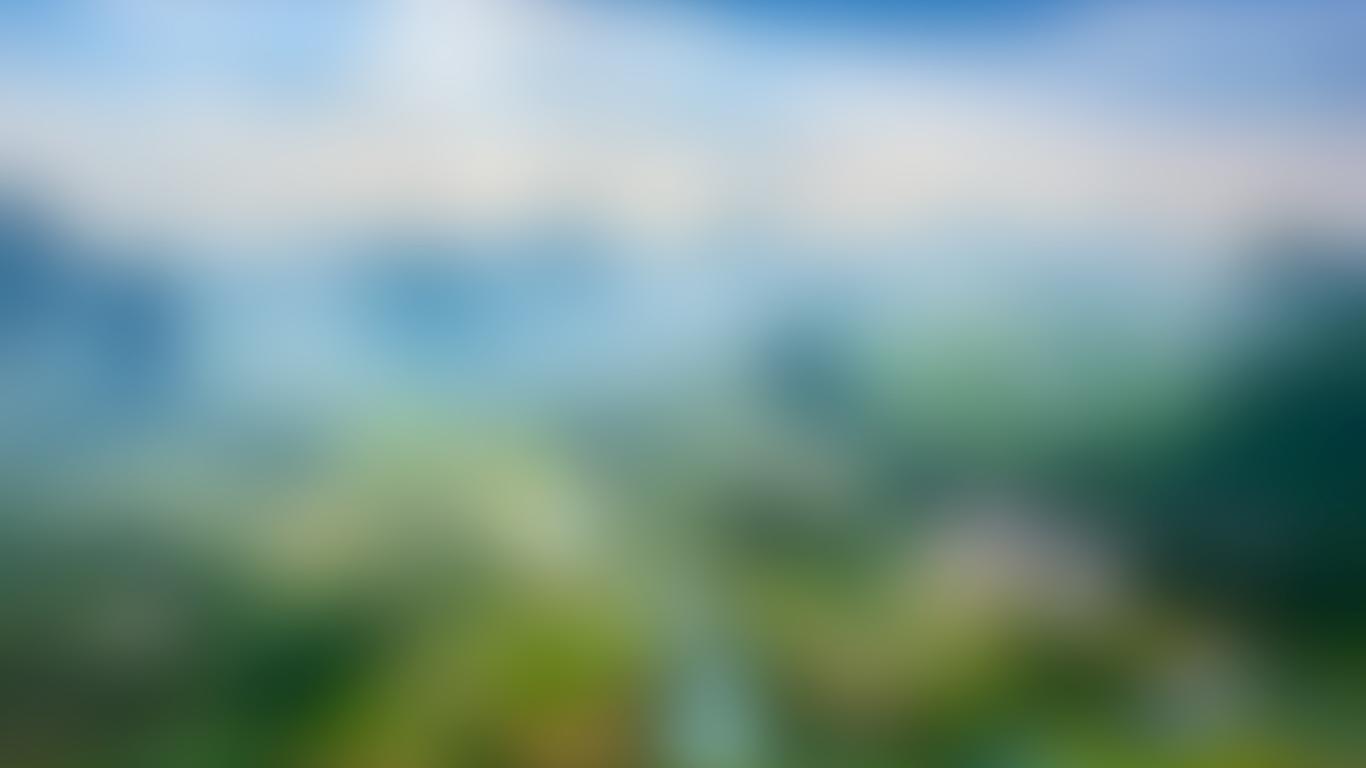Stretching 7.5 kilometres above the Barron Gorge National Park in Queensland’s Wet Tropics World Heritage Area, the Skyway Rainforest Cableway is one of Cairns’ most popular tourist attractions. This multi-award winning cableway was the first tourism attraction in the world to receive the Platinum EarthCheck Accreditation and was the longest of its kind when completed in 1995.
The Skyway Rainforest Cableway travels between Smithfield and Kuranda over the rugged McAlister Range, offering passengers a bird’s eye view across the treetops of this protected wilderness area within six-seater gondola cabins. There are two rainforest stations en route at Red Peak and Barron Falls where guests can get out and explore the boardwalks which traverse the forest floor. There are expansive views on offer from the lookout points, and a Rainforest Interpretation Centre is also situated at the Barron Falls Station. In recent years, the Skyrail Rainforest Cableway has collaborated with local indigenous guides who conduct walking tours from the Barron Falls Station, offering guests an insight into these traditional Djabugay lands and Aboriginal culture. Profits from the Skyrail help to support its Rainforest Foundation which raises funds for vital research into rare and endangered tropical rainforest species, and the ongoing protection of the rainforest. The Skyrail has not only been voted as Australia’s best major tourist attraction but has become a world leader in eco-tourism for its role in protecting this pristine environment. It takes around 90 minutes one-way or 2.5 hours return along the Skyrail Rainforest Cableway, with many visitors opting to combine it with a ride on the famous Kuranda Scenic Railway.
Skyrail’s Smithfield Terminal is situated around 15 minutes’ drive from Cairns and 50 minutes’ drive from Port Douglas. There are regular coach services offering drop-off and pick-up services from both destinations, and it is a popular inclusion in day tours offered through travel agencies.
While the idea for the Skyrail was put forward as early as 1987, construction did not begin until June 1994 following extensive consultation with government agencies and local communities, including the Djabugay Tribal Aboriginal Corporation. It opened to the public in August 1995 with 47 gondolas and has since expanded to more than 100 standard gondolas, luxury glass-floor gondolas, and ranger-escorted open-air gondolas.





